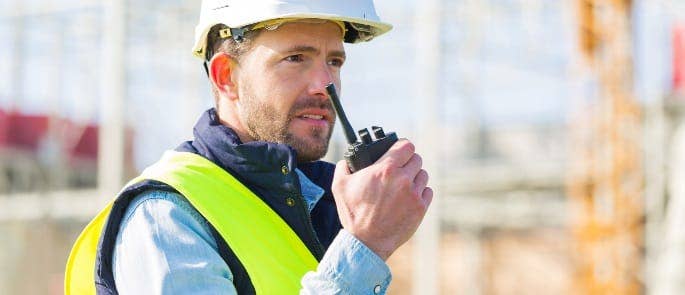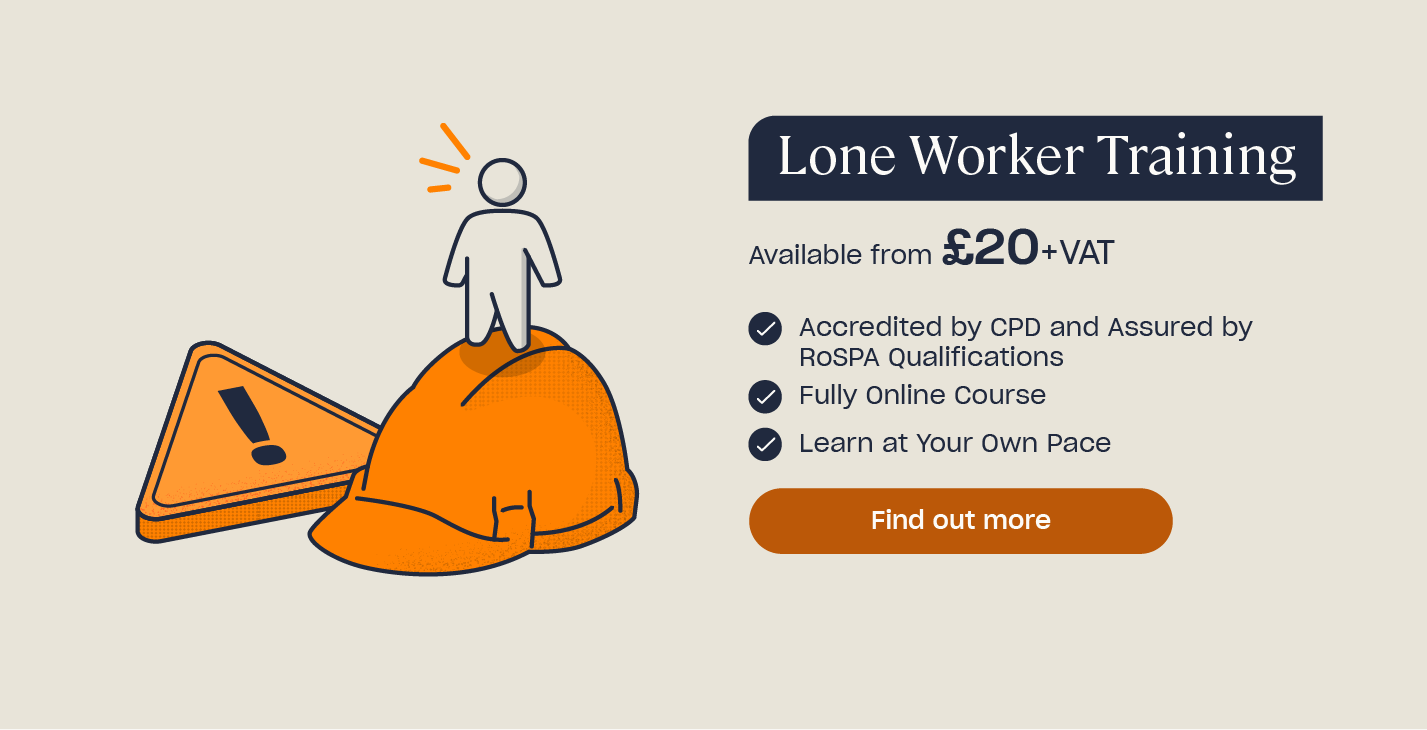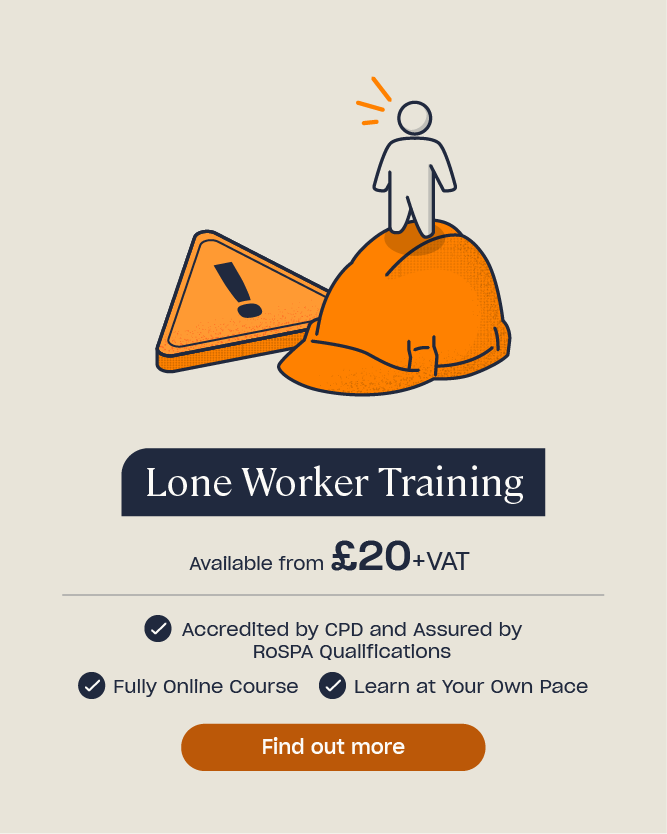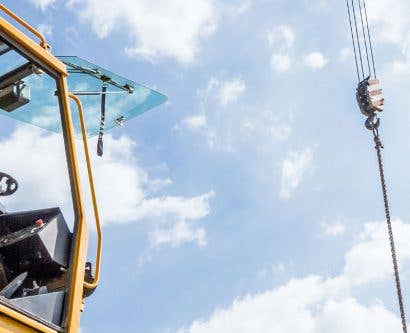Establishing an Effective Lone Working Buddy System
What is a Lone Working Buddy System?
A lone working buddy system is a way of staying in contact with someone who is working alone. The buddy is usually a nominated person who the lone worker can contact at any time for the duration of their shift, but it can also be an automated system that lone workers use simply to check in and out of their work activities.
It is the responsibility of the employer to decide what level of supervision is required. It is not up to the individual lone worker to decide when they need assistance, or whether they require it at all. Some employers choose to use automated systems, such as Alertabuddy, in order to reduce the company’s workload, but nothing quite compares to having a named contact to get in touch with. This article focuses on the staffed lone working buddy system.

What are the Responsibilities of a Buddy?
It’s recommended that the lone working buddy is a colleague who understands the nature of the lone worker’s job role. What’s most important is that they’re immediately available throughout the duration of the worker’s shift.
A lone working buddy should:
- Have all of the required contact details for the lone worker, including phone number, email address, home address, and information about their next of kin.
- If the lone worker has a vehicle, have details of the vehicle’s make, model and registration number.
- Be clear on all of the lone worker’s projected movements during each shift. The buddy must know where the lone worker is meant to be at all times.
- Know exactly when the lone worker’s breaks or rest periods are (including short 10-minute breaks, lunch breaks and times when the worker is sleeping, such as if they drive a vehicle and have to rest overnight).
- Have all of the above information written down and available to-hand.
- If the lone worker does not get in touch at the agreed intervals, attempt to contact the worker every 10-15 minutes for up to an hour, before escalating the matter.
- If the lone worker can still not be contacted after an hour, notify their manager or supervisor in the first instance and then contact the emergency services if the lone worker remains out of contact.
The lone worker must have a buddy available at all times during their shift. This means considering shift patterns, and early or late working, and ensuring there are no gaps of unaccounted-for time during the handover from one buddy to another. Careful consideration should also be given to the contingency arrangements: what happens if the nominated buddy is sick or away on leave? Is there someone else who is knowledgeable enough to take over? How will this be communicated to the lone worker?
Need a Training Course?
Our Lone Worker Training will provide you with a variety of practical controls that you can implement in your work environment to help keep lone workers safe from harm.
When Should a Buddy be Contacted?
It’s essential that the lone worker gets in touch with their buddy:
- On arrival at their destination.
- At pre-agreed intervals, whether via phone, radio, text or email. This could be on the hour, every hour, for example.
- When they have returned home/to base at the end of a work activity.
- When they have finished a meeting with a customer or client.
- If there are any changes to the original plan.
- If a conflict arises during their shift or they experience violence or criminal damage.
- If their vehicle breaks down or has an accident.
- If they feel unsafe at any time.
- Before using public transport, including taxis, to inform the buddy of their intended route and timetable.
- If they have an accident or sustain an injury.
- If they get lost.
- If any other incident occurs.

What Method of Communication Should be Used?
The method of contact between a lone worker and a buddy can be whatever both people agree on. For example, this could be via radio, phone, text or email. As a minimum, it’s recommended that all lone workers carry either a radio or mobile phone.
If lone workers carry a fully-charged mobile phone, they should ensure it remains fully charged and be aware that there are many areas where phone signal is limited. If this is the case, the lone worker should locate a nearby phone box and call their buddy from there, stating the phone box’s number and location.
If the lone worker is relying on landline phones in someone else’s building, then ensure that the switchboard remains open if the building is unoccupied.
Further Resources:
- Risk Assessment Checklist for Lone Working
- Risk Assessment for Working From Home
- Lone Working Training











